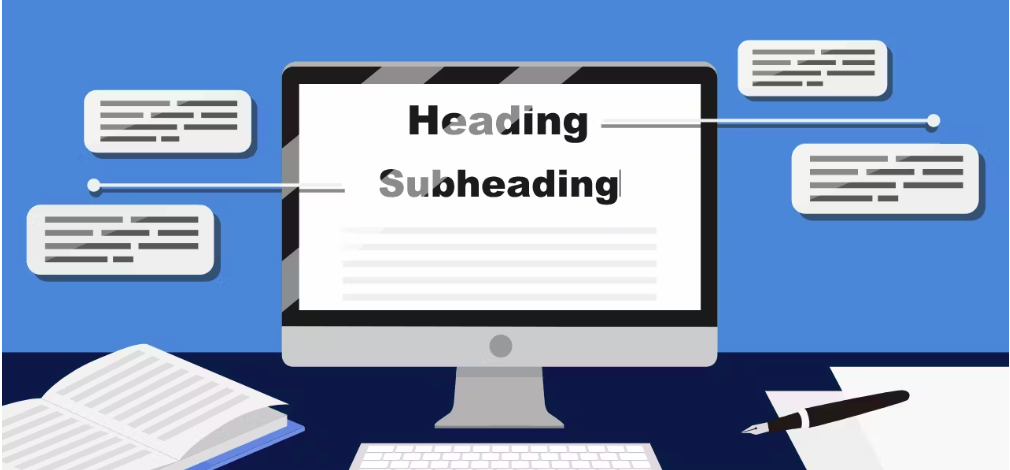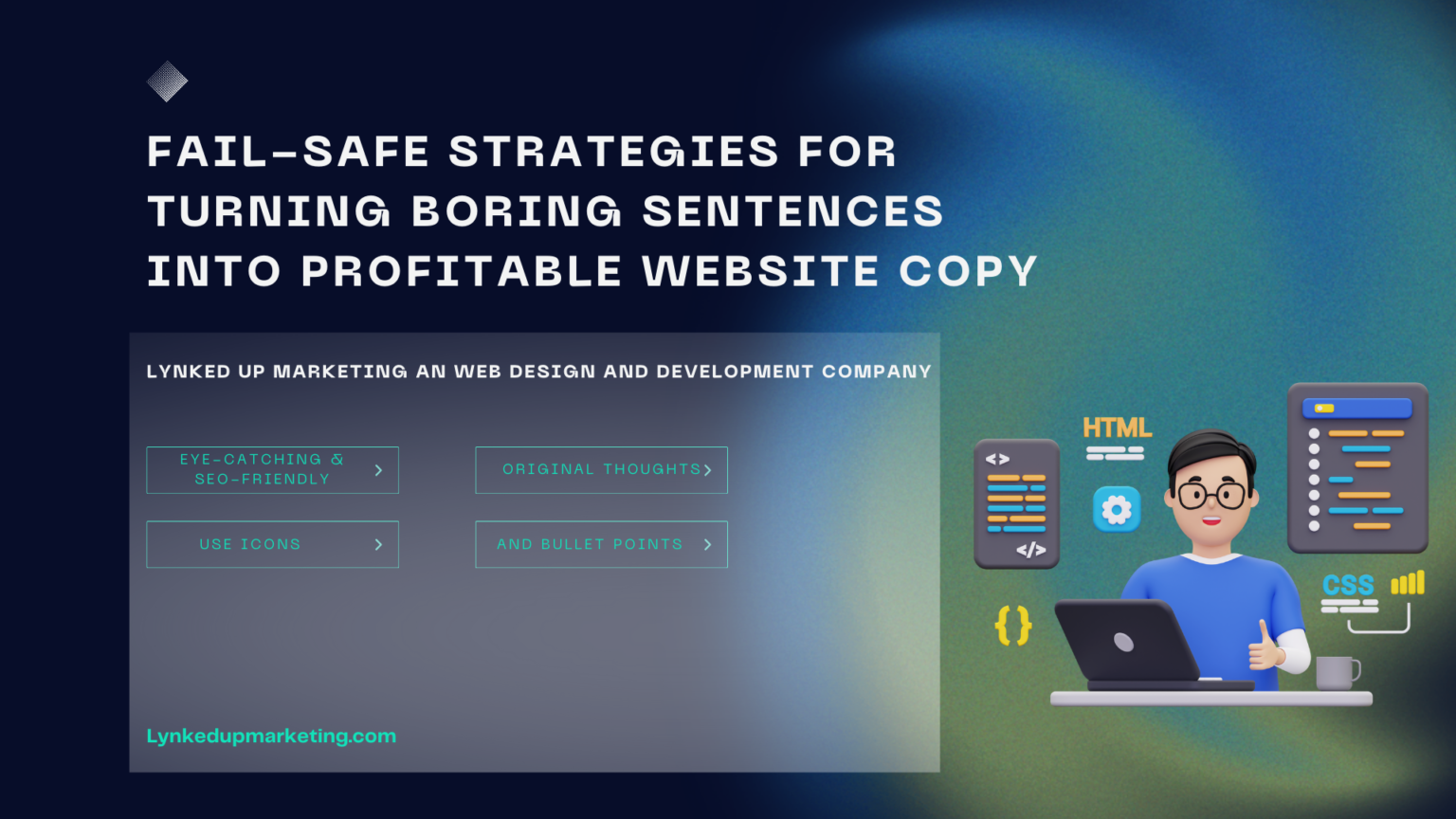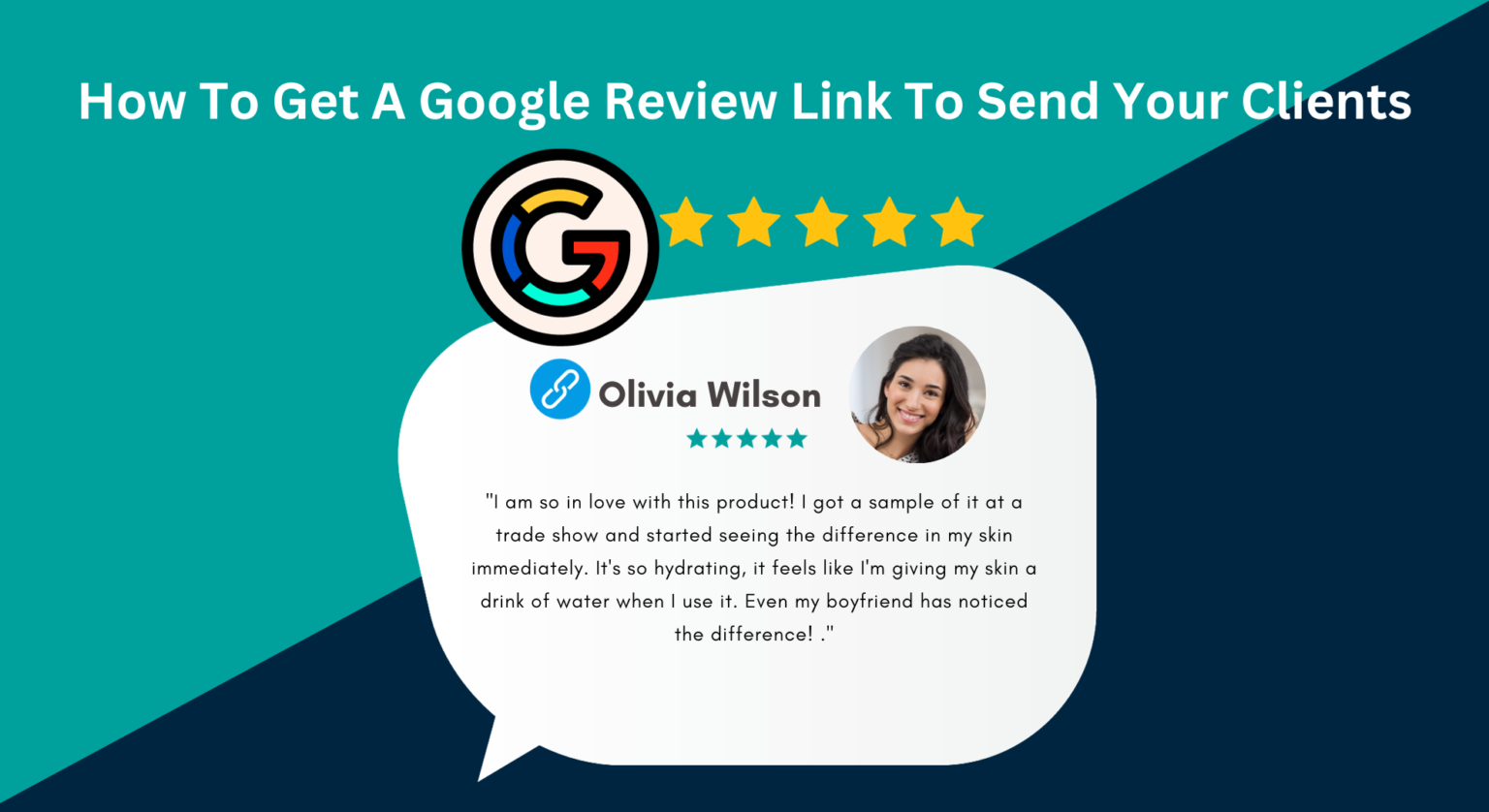
8 Tips for Business Owners Can Execute Today To Start A Blog
Writing can feel like a duty. Maybe if we hadn’t been shackled by punctuation rules and heavy text, we would have learned how to use writing to help people or make them laugh, that it’s okay to write in the voice you speak with, and that there’s no law on how many words to write. It’s a friendly conversation with your readers. And a friendly conversation is a business owner’s comfy, well-worn T-shirt. It’s where we feel at ease. When you think about it, blogging for business owners is really just writing down the stuff you talk to your customers about all the time. It’s a place to share all of your tips and tricks to help people who don’t know as much about your topic as you do. Anything that’s useful to your website visitors. And it has an added bonus…
A Free SEO Boost
When it comes to free SEO you can’t beat blogging because it adds pages to your site, and each post can include a keyword or phrase that tells Google what the post is about. And since Google is constantly crawling the internet looking for these types of useful pages to recommend to potential visitors, blogging can be a great way to boost your ranking on Google (known as showing up as close to the first page of search results as possible).
Blogging Tips You Can Use Today
You don’t have to overthink your topic or use fancy words. In fact, that can actually make your writing sound stuffy and confusing. But you may not want to wing it either. Because without a little guidance, your advice may be invisible online, lost on the island of Google’s misfit blogs. These 8 tips are simple and will help get more eyes on your posts.
#1. Use the language of your customers, not your own
Communicate in the language of your potential customers, addressing their common inquiries and concerns while showcasing your ability to assist them.
Scott English Plumbing offers an example with his article titled ‘6 Ways to Unclog a Bathroom Sink.’ He presents step-by-step solutions for unclogging, hinting that professional assistance might be needed if the issue persists. By doing so, he establishes credibility and trust before subtly promoting his services.
Creating an engaging post is just the beginning; ensuring its visibility is key. Align the words in your content and headline with the phrases your customers use. These are known as ‘keywords,’ essentially the terms they input into Google.
In a practical instance, I searched ‘how to unclog a bathroom sink,’ and Mike Diamond’s post emerged on the first Google page. The post title closely matched my search, signaling its relevance to the algorithm.
For success, incorporate keywords not only in your title but also within the initial 100 words and at least one subheading. This way, Google recognizes the connection between your content and the headline.
Recall our earlier point about avoiding industry jargon—this applies to keywords too. Instead of using terms that might sound impressive to you but alienate customers, employ language that resonates with them. If you’re unsure about search volume, tools like Moz Explorer can help. Enter your keyword, and it will display related terms and their monthly search frequency.
For instance, ‘CrossFit gyms’ are technically ‘affiliates.’ However, the keyword ‘crossfit gym’ receives 50% more searches than ‘CrossFit affiliate.’ This informs us that using ‘gym’ rather than ‘affiliate’ appeals to a wider audience. Tailoring your language to customers’ preferences ensures effective communication and outreach.”
#2. Don’t write long essays. Share tips. Share a great idea. Tell a story with a point.

Don’t write long essays. Share tips. Share a great idea. Tell a story with a point.
It’s not like back in 8th grade English class, where you had to write a big paper on some Shakespeare thing. If it’s boring, no one will read it.
Don’t hide your useful tips and good ideas in tiny font and fancy words. Relax. You can even tell a story to prove what you’re saying.
I get emails from Rachael Kay Albers. She’s really good at branding and connecting with people. She sent an email about a new workshop she’s doing. But she didn’t just say, ‘Hey, I have a new workshop for creative people.’ Nope.
She told a story about hating her boring staircase at home. It was plain and normal, the kind you don’t even notice. She wanted to paint it in lots of colors but was worried about what people would think. Eventually, she went for it and said:
‘I never looked at my plain stairs and felt happier.
But I look at my colorful stairs for a few minutes every day and I feel like the whole world is amazing.
Why did I wait so long?
What was I scared of?
I could have had colourful stairs all this time, feeling creative and happy because of it. Instead, I stuck with plain by default.’ – Rachael Kay Albers
We all get that. And after she gets our attention with her staircase story, she tells us how adding colour to her life made her more creative. That’s what led her to create this new workshop and work with fewer clients—ones who want to add excitement to their businesses. And hey, do you want to be one of them?
This works well because her story sticks with me, like the smell of the ocean after leaving the beach. It’s like she’s talking to me across a table, even though it’s written for lots of people.
#3. Make It Visually Appealing

Remember when we said that writing a 5-page essay about MacBeth is boring? Well, it’s not only about what you write. Long paragraphs without any breaks or changes in font can be hard to read. To make your writing more interesting, use short paragraphs, and sentences with just one word, use headings, and include at least one picture.
Many people just skim through text, so help them out by using lists, checklists, or points with numbers. Even Google prefers this. Blog posts that are easy to scan and read get ranked higher than posts with long paragraphs.
#4. Speak to Locals
If your business is hyperlocal, meaning all of your customers are within a specific radius of your location, then your blog should cater to those visitors. There might be fewer searches overall, but you’ll target your potential customers. After all, as much as 46% of all search traffic is local, so use your location in your headlines.
For example, if you’re a landscaper in Miami, Florida, you might write a blog post like, “How to Use Native Plants for a Lush Miami Landscape” or “The 5 Easiest Fruit Trees to Grow in South Florida.”
Keep it relevant to your industry, but that doesn’t mean you can’t incorporate advice or recommendations outside of your exact niche. For example, if you’re a wedding cake bake shop you might make a post on your top 5 favourite local wedding venues, but steer clear of writing a review of your town’s bowling alleys. Since it has nothing to do with cakes or weddings, it can be confusing for your readers.
I was once planning a road trip through Georgia. As I researched hotels, restaurants, and hikes, I came across this post, “Everything You Need to Know About Hiking in North Georgia.” It’s got lots of in-depth info on all the hiking trails, way more than a standard travel blog, because this was clearly written by someone who lives in the area.
At the bottom of the post is this subheading, “Where to Stay After a Day of Hiking in North Georgia.” It’s a description of a boutique inn in the Blue Ridge Mountains. It was only then that I noticed that I had been reading the blog on the inn’s website. The post closes with the author extending an offer welcoming us to their beautiful property and includes a link to their availability calendar. We would easily glaze over a typical ad, but here the author has captured our full attention.
#5. Entice Your Readers With a Captivating Headline
If your headline is generic or dull no one’s going to bother reading what else you have to say, so give us something engaging. Here are 3 surefire ways to pique interest in your topic:
- Something you wish you had known when you started out or the answer to a question that clients ask all the time. Asking it in the form of a question or alluding to something that piques curiosity makes us want to know more. Example: 5 Little-Known Ways to Save on Your Water Bill
- A tip or list of tips teaching your visitors how to do something faster, better, cheaper, etc.
Example: 8 Tips for Creating an Instagram-Worthy Closet Without Spending Big Bucks
- A step-by-step guide or how-to manual.
Example: The Ultimate Guide to a DIY Manicure
Once you have a working title, plug it into a headline analyzer, like Coschedule’s Headline Analyzer. It’s free and will quickly analyze your title and give suggestions to make it more click-worthy. Is it too long? Too short? Should you use more powerful words to encourage your readers to take action? It’s a helpful tool because it looks at your title from a perspective other than your own, but take the suggestions with a grain of salt. It’s a computer, after all, so it won’t know your particular audience as well as you do.
A glance at Coschedule’s analysis of the title of my previous post:

Not sure which headline words to capitalize or lowercase? Check out CapitalizeMyTitle.com. Type your title into the bar and in 2 seconds they’ll do it for you.
#6. Give Away Your Secrets
Don’t hold back. Respect your reader’s time and give them something good. Your blog is an opportunity to connect with your visitor to show them you’re the hard-working, caring, experienced professional you’ve said you are so don’t ruin it with a time-wasting sales pitch or a bunch of obvious fluff.
You don’t have to tell people you’re hardworking and detail-oriented. After all, you’re a stranger so I’m not going to take your word for it and it can come off condescending. Instead, show them the 5-step process of priming a wall before painting it. Or the complete guide to prepping your backyard garden for spring blooms. Sharing your knowledge establishes you as an expert without having to scream “Buy my service I’m the BEST!!!!”
Giving free advice establishes you as an expert and a likeable person. Plus teaching someone how to do something doesn’t mean they’re going to do it.
Say you write a post explaining the best methods for painting a bedroom. Some people will read it and dive right in. Cool, you’ve helped them with their weekend DIY project, but others would gladly pay a professional rather than wander the aisles at Home Depot for supplies, lay tarps, prep a room, etc. and a lot of us are worried that after all that effort the finished product will be lacklustre anyway. Maybe once I see how much work it really is I realize it’s worth hiring a pro and now that I’ve read your post your name is at the top of my list.
#7. Add Subheadings
Subheadings are like mini titles. They introduce a new idea or tip and are visually pleasing because they break your content into snack-size bites instead of long dull paragraph style. You can use font style, colour, and size to punch it up too. And it’s an opportune place to mention your keywords again.

#8. Select a particular Niche
If your topic is broad and has been written about a million times by a million other people your hard work will be buried deep, deep down in the Google abyss where no one will ever find it. So write something specific. Choose a topic that will grab the attention of your customers. Pretend you have a trendy store in Manhattan that sells drinkware and you want to write a blog post about your best selling coffee mugs.
Too broad: The best coffee mug
Better: New York coffee mugs to match your urban style at home or on the go
The better option may have a lower search volume than “best coffee mug” but it will be visible to people who are more detailed in their searches. In tech speak these specific, not broad, topics are called “long tail keywords.”
Writing a post about a specific small topic also helps you stay on task and get into the nitty gritty of that subject. You can offer actionable advice or detailed explanations that only your audience would understand or care about.
Bonus Tip: Proofread
An unnecessary hyphen won’t kill you, but lots of misspelt or double words can detract from your message and make people question your attention to detail. Give it a slow once over yourself and then pass your blog post on to a friend for a final look before posting.
Paralysis By Analysis
I was reading this blog, burritobowldiaries.com. It’s a guy who writes amusing posts about seemingly random stuff. Someone commented at the end of a post wondering how he chooses his topics. He responded:
“It’s hard to know for sure what motivates me. I have several serious posts that just didn’t feel right. Usually, the ones I end up posting I put together in an hour or so but the ones I spend tons of time on I end up overthinking and they remain drafts. Go figure.” – Mr. Burrito Bowl
That makes sense to me. It’s a good reminder when I’m struggling to finish a post. It’s not brain surgery both in the sense that it’s not complicated and not high stakes. Just give ‘em useful info and make it interesting and you won’t overthink yourself out of a great post. Do you agree?
Postscript: We love to help our clients build blogs. You do the writing and we’ll format, proofread, add images, use keywords in strategic places and post it online. If you’re on our premium plan it’s included in your ultra-affordable monthly service fee.


